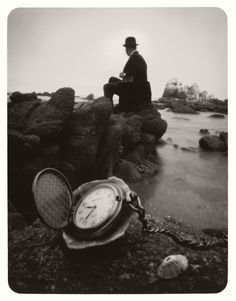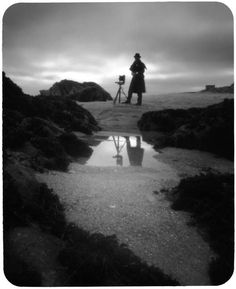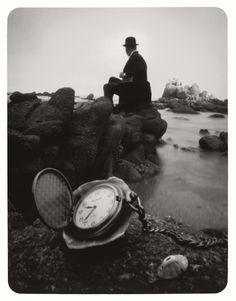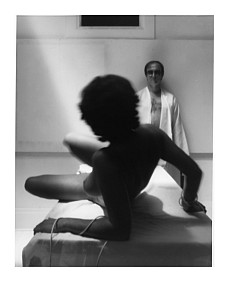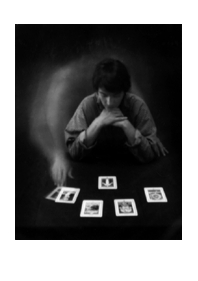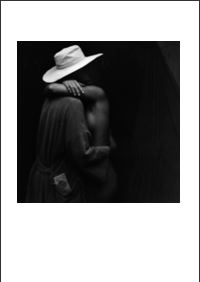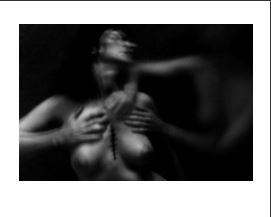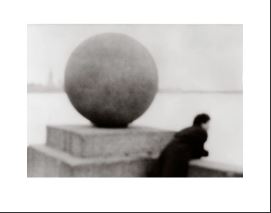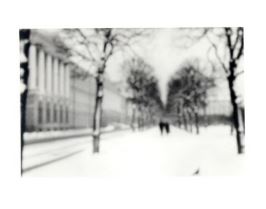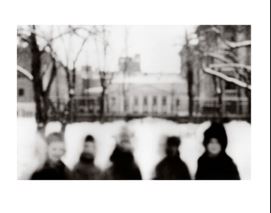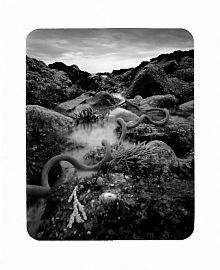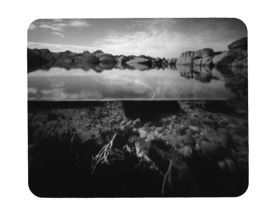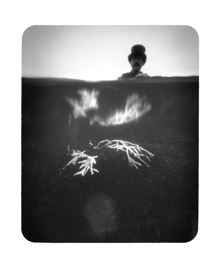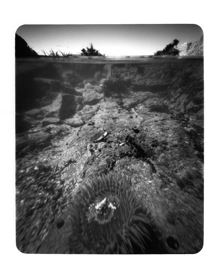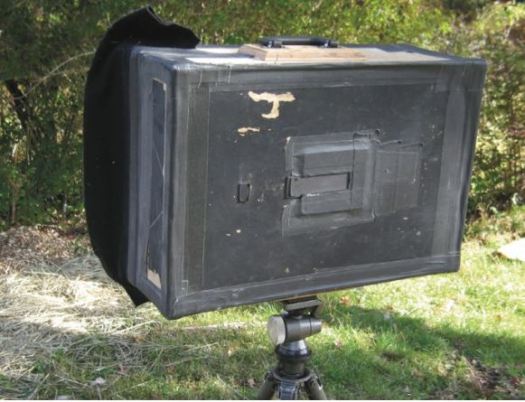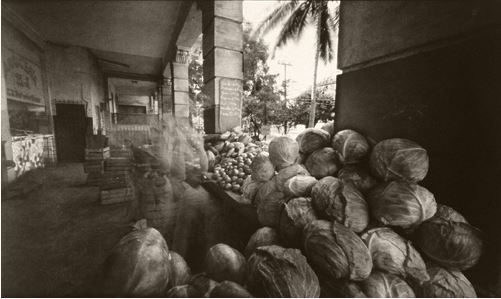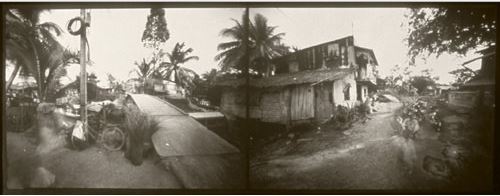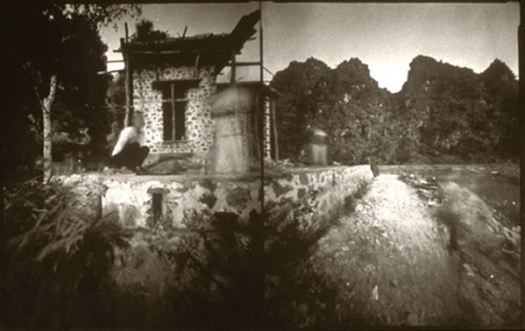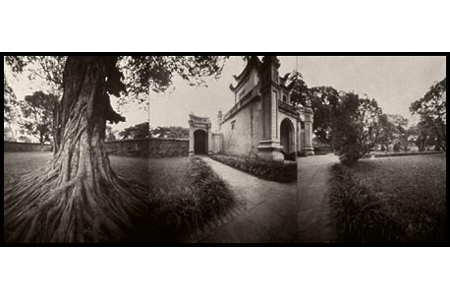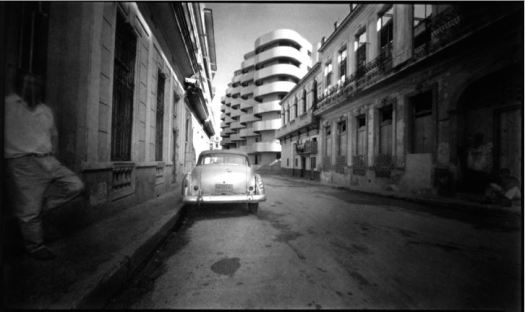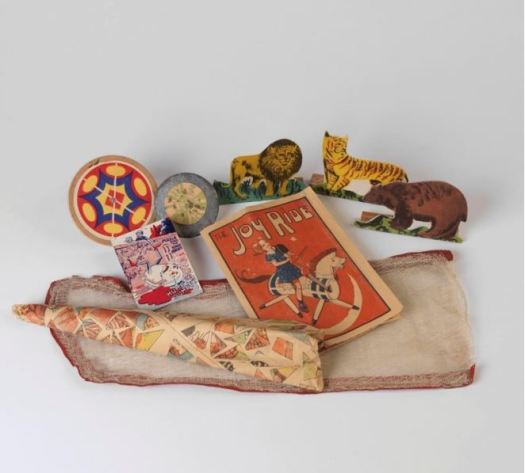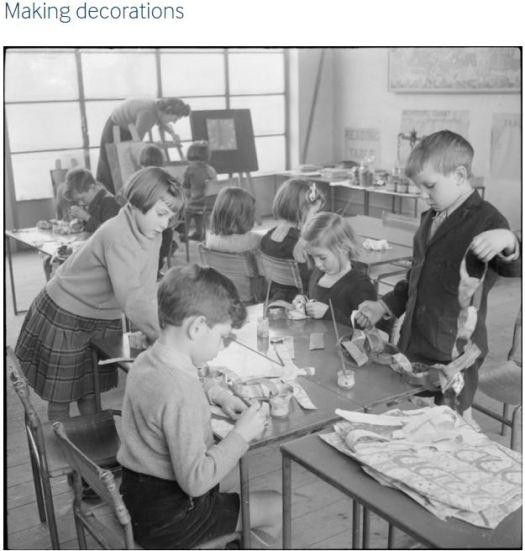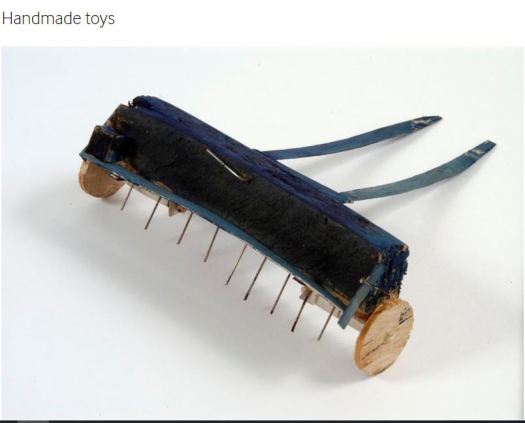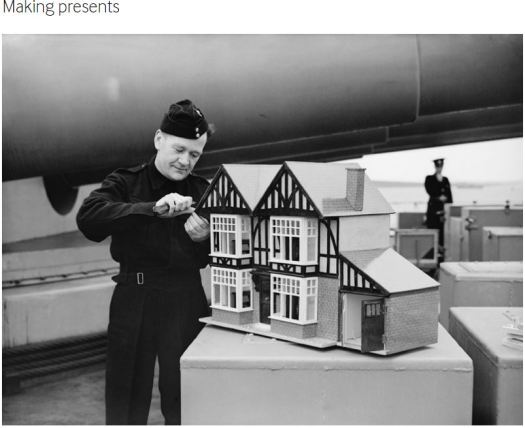To better understand the subject I have chosen, I began researching the history of Christmas gift giving.
Contrary to what I previously thought were the origins of Christmas, and despite the Three Wise Men’s gift to baby Jesus, gift giving on this holiday originated long before Jesus was born. Based on the information that I gathered from multiple online sources which I will attach below, the tradition of gift giving began in the ancient Roman festival ‘Saturnalia’ in honor of the deity Saturn. This was held on the 17th of December in the Julian Calendar and later expanded with festivities through to the 23rd of December.
“The holiday was celebrated with a sacrifice at the Temple of Saturn, in the Roman Forum, and a public banquet, followed by private gift-giving, continual partying, and a carnival atmosphere that overturned Roman social norms: gambling was permitted, and masters provided table service for their slaves. The poet Catullus called it “the best of days.”
The above is how Wikipedia describes the ancient festival. The winter solstice, the shortest day of the year, has been celebrated in ancient Rome in a festival called ‘Dies Natalis Solis Invicti’ which means “birthday of the unconquered sun”. With the passing of the winter solstice and now the days were starting to get longer again, it was seemingly logical time to honor the “rebirth of the sun god”.
In what was a ‘Victorian Christmas’ described by a number of websites such as BBC, initially, gifts were rather modest – fruits, nuts, sweets and small handmade trinkets. Gifts used to handmade, and “the making of Christmas presents was something seen as a way to enliven the long winter evenings leading up to the great day. The planning and making of gifts started months in advance, with daughters often helping mothers in sewing and needlework. Family members spent a lot of time designing personal gifts for each other.”
Not only did the Victorians exchange gifts with their family and friends-they shared what they had with those less fortunate. Charity often took the form of delivering dinners or gift boxes to the poor on Christmas Day, or pledging money to help the needy.
This really reminded me of a scene from the film ‘A Christmas Carol’ (I have not read the book by Charles Dickens…) when Mr. scrooge, after awaking from his nightmare, sent a turkey to the house of his loyal employee Bob Cratchit.
War against the giving of useless Christmas gifts
in 1912, at the meeting of the Working Girls’ Vacation fund, founded in the previous year to help Manhattan clerks set aside a small amount of money each week, former English actress and prominent public figure Eleanor Robson Belmont asked a packed hall “Have you ever thought that true independence often consists of having the courage to say ‘No’ at the right time?”. Together with American philanthropist Anne Morgan, they started the ‘Society for the Prevention of Useless Gift Giving (SPUG) ‘.
The objective of SPUG, said Belmont, was to “eliminate, by co-operative effort, the custom of giving indiscriminately at Christmas, and to further in every way the true Christian spirit of unselfishness and independent thought, good-will, and sympathetic understanding of the real needs of others.”
The Society boasted boasted a large membership, including former american president Theodore Roosevelt. But wartime rationing and frugality during World War 2 made SPUG redundant, and when prosperity came back to Americans in the ’50s, this glorious movement against wasteful gift-giving had sadly died out.
Links:
http://www.bbc.co.uk/victorianchristmas/history.shtml
http://www.historic-uk.com/HistoryUK/HistoryofEngland/A-Victorian-Christmas/
http://www.biblicalquality.com/Christmas8.html
http://www.telegraph.co.uk/topics/christmas/6811346/Christmas-a-brief-history.html
http://theeconomiccollapseblog.com/archives/tag/the-history-of-christmas-gift-giving
http://www.slate.com/articles/life/holidays/2012/12/the_war_on_christmas_it_started_100_years_ago_with_the_spugs.html
http://www.huffingtonpost.com/camille-preston-phd-pcc/reviving-spug-a-new-way-t_b_6268864.html
